Identify (A),(B), and (C) in the following reaction.
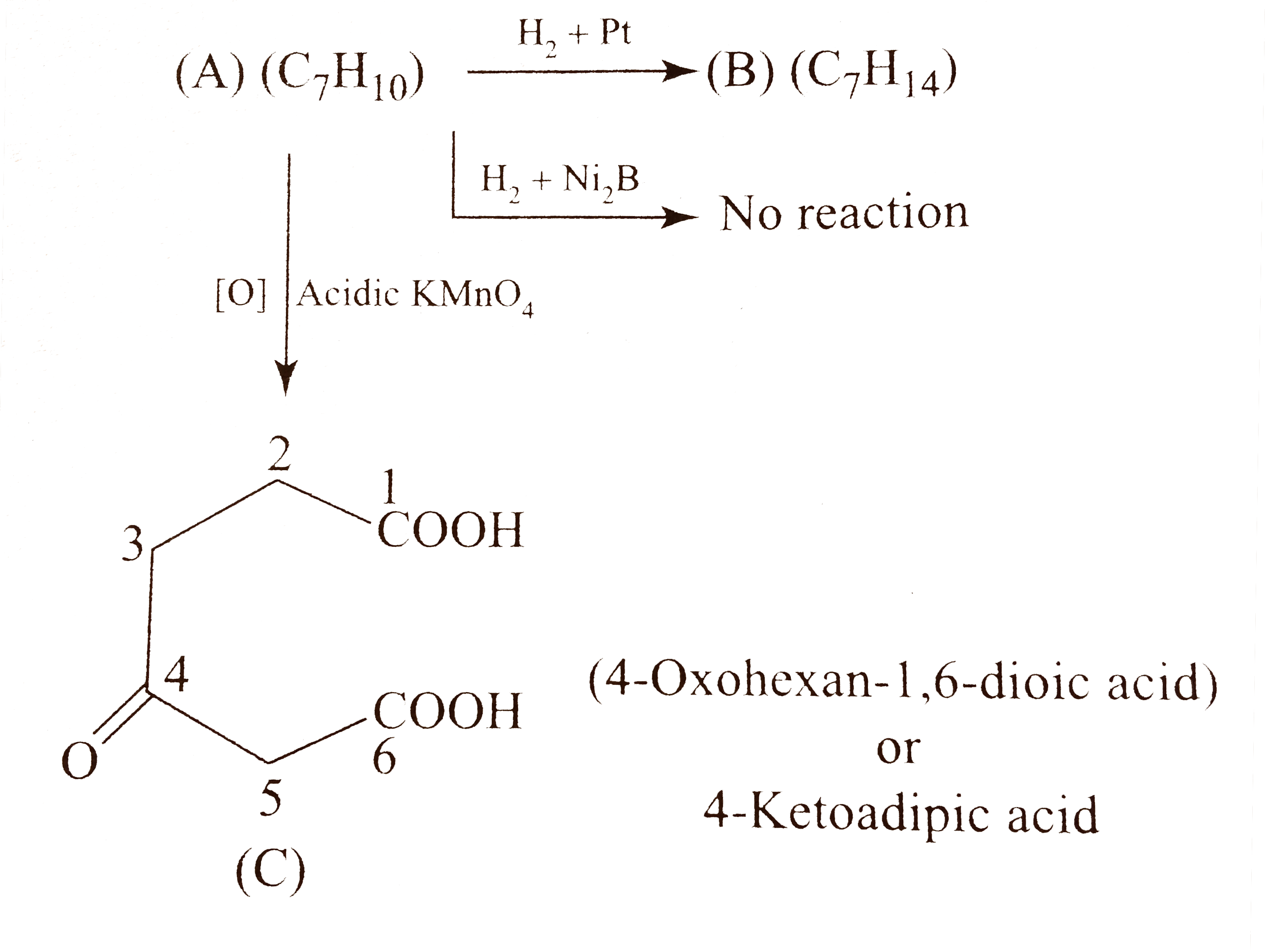
Video Solution
Text Solution
D.U. in (A)=(2nC+2)−nH2=(7×2+2)−102=3∘
D.U. in B=(7×2+2)−142=1∘
(A) does not react with P−2 or Brown catalyst (Ni2b) that reduced (C≡C) to (C≡C).
Therefore, (A) does not containe (C≡C) bond.
Since (B) has 1D.U., it must be a ring (because after hydrogenation of (A) no double bond will be left).
Therefore, (A) has one ring and two (C≡C) bonds, hence, (A) is a diene.
Total number of C atom in(A)=7Total number of C atoms in(C)=6] one C at om is lost as CO2
Possible structures of (A) are as follows :
i. 
ii. Other two possiblities of the combination are as follows :
a. 1COOH group combines with 4C=0 group and 7CO2 combination with 6COOH.
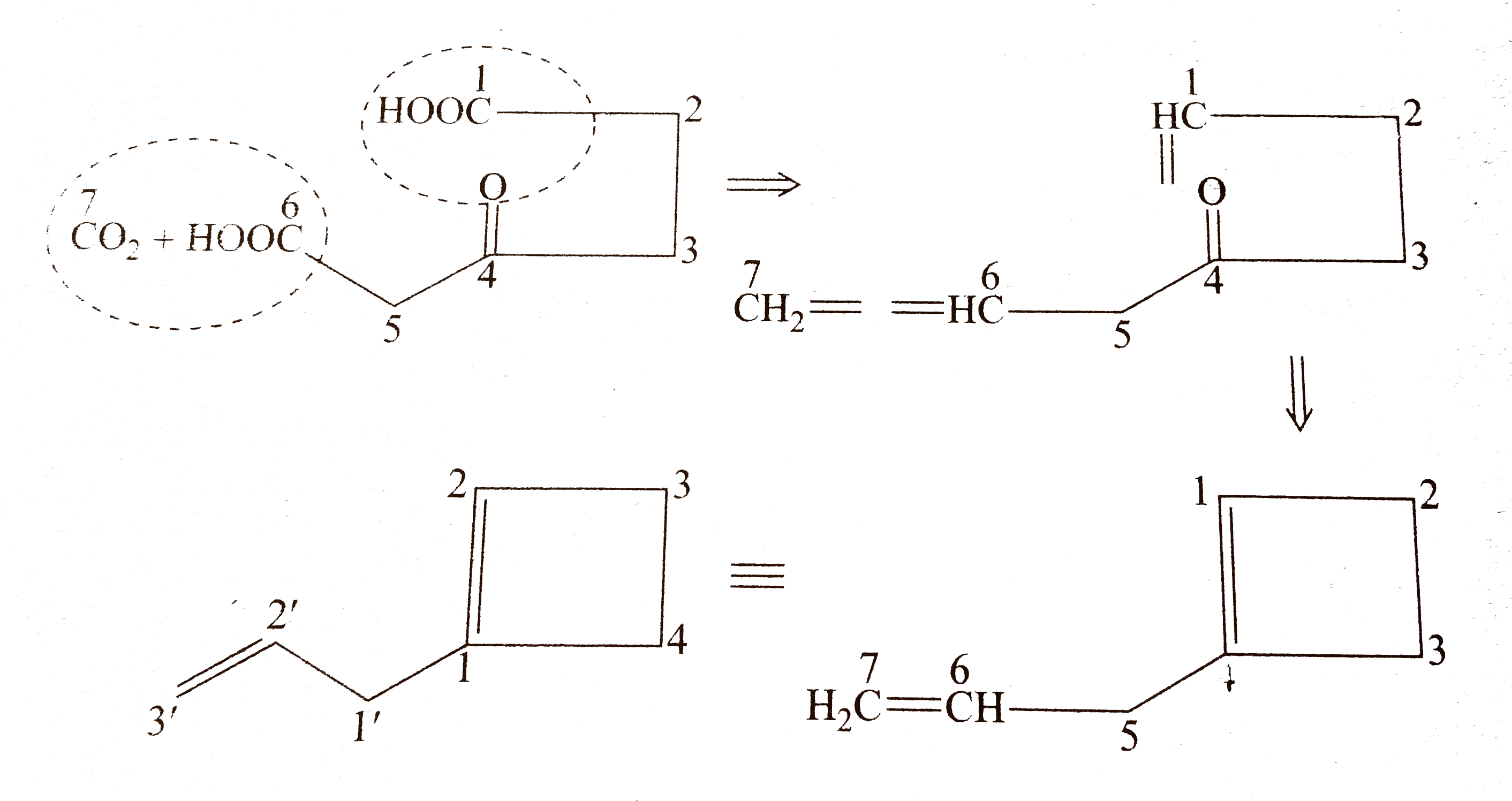
b. 6COOH group with 4C=O group and CO2 is in combination with 1COOH.

III structure is not possible , since on hydrogenation (A) gives (B),(C7H14), i.e., it absorbs 2mol of H2, whereas III will absorb 3mil of H2.
Moreover, III is unlikely because of highly strained ring.
Two possible structures are as follows :
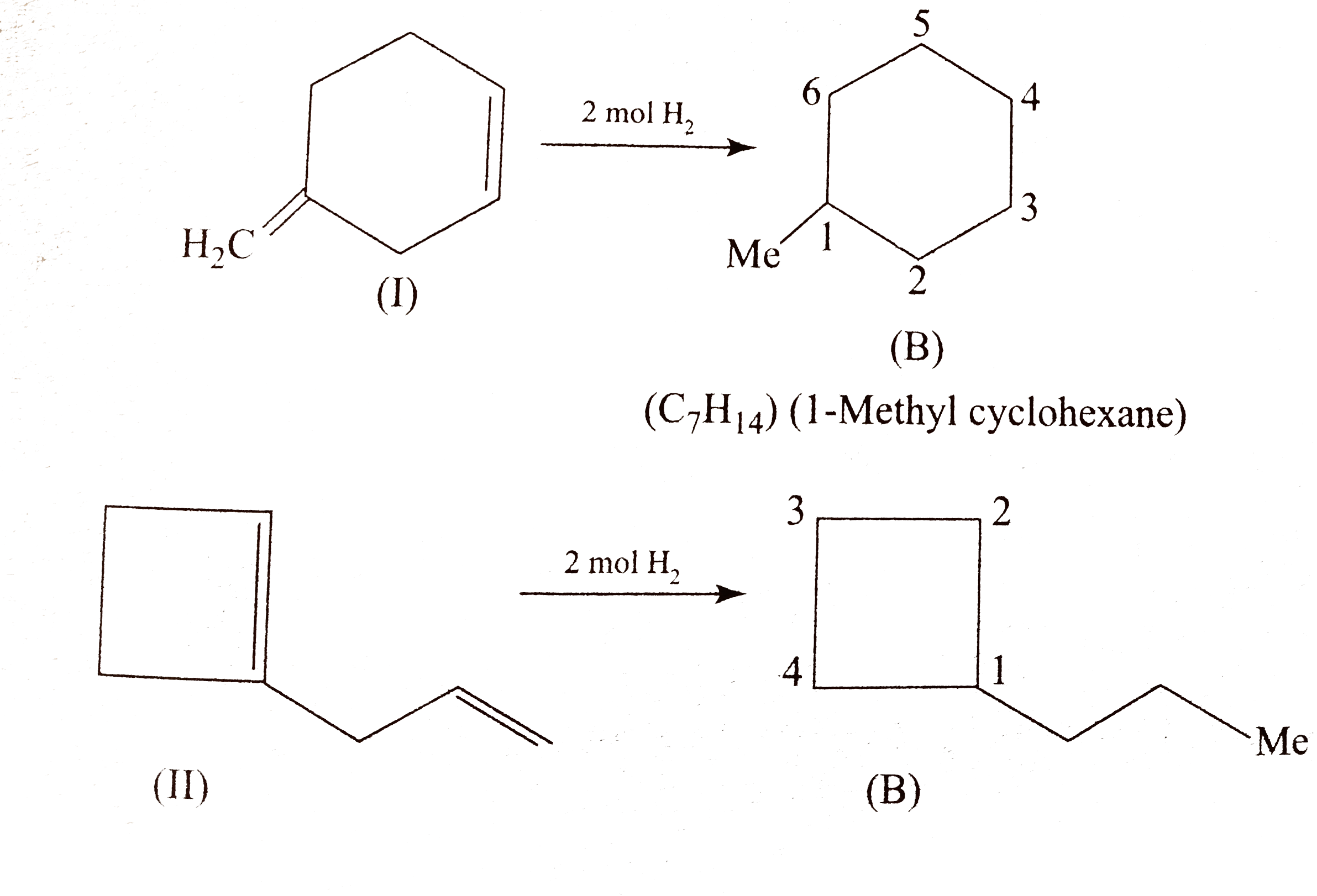
|
Topper's Solved these Questions
- ALKENES AND ALKADIENESBOOK - CENGAGE CHEMISTRY ENGLISHCHAPTER - ALKENES AND ALKADIENESEXERCISE - EXERCISES
29 Videos
- ALKENES AND ALKADIENESBOOK - CENGAGE CHEMISTRY ENGLISHCHAPTER - ALKENES AND ALKADIENESEXERCISE - linked Comprehension Type
38 Videos
- ALKENES AND ALKADIENESBOOK - CENGAGE CHEMISTRY ENGLISHCHAPTER - ALKENES AND ALKADIENESEXERCISE - Single correct Answer
14 Videos
- ALKANES AND CYCLOALKANESBOOK - CENGAGE CHEMISTRY ENGLISHCHAPTER - ALKANES AND CYCLOALKANESEXERCISE - Archives
13 Videos
- ALKYNESBOOK - CENGAGE CHEMISTRY ENGLISHCHAPTER - ALKYNESEXERCISE - Exercises (Archives - Analytical and Desriptive Type)
4 Videos
Similar Questions
Identify (B) and (D) in the following reaction:
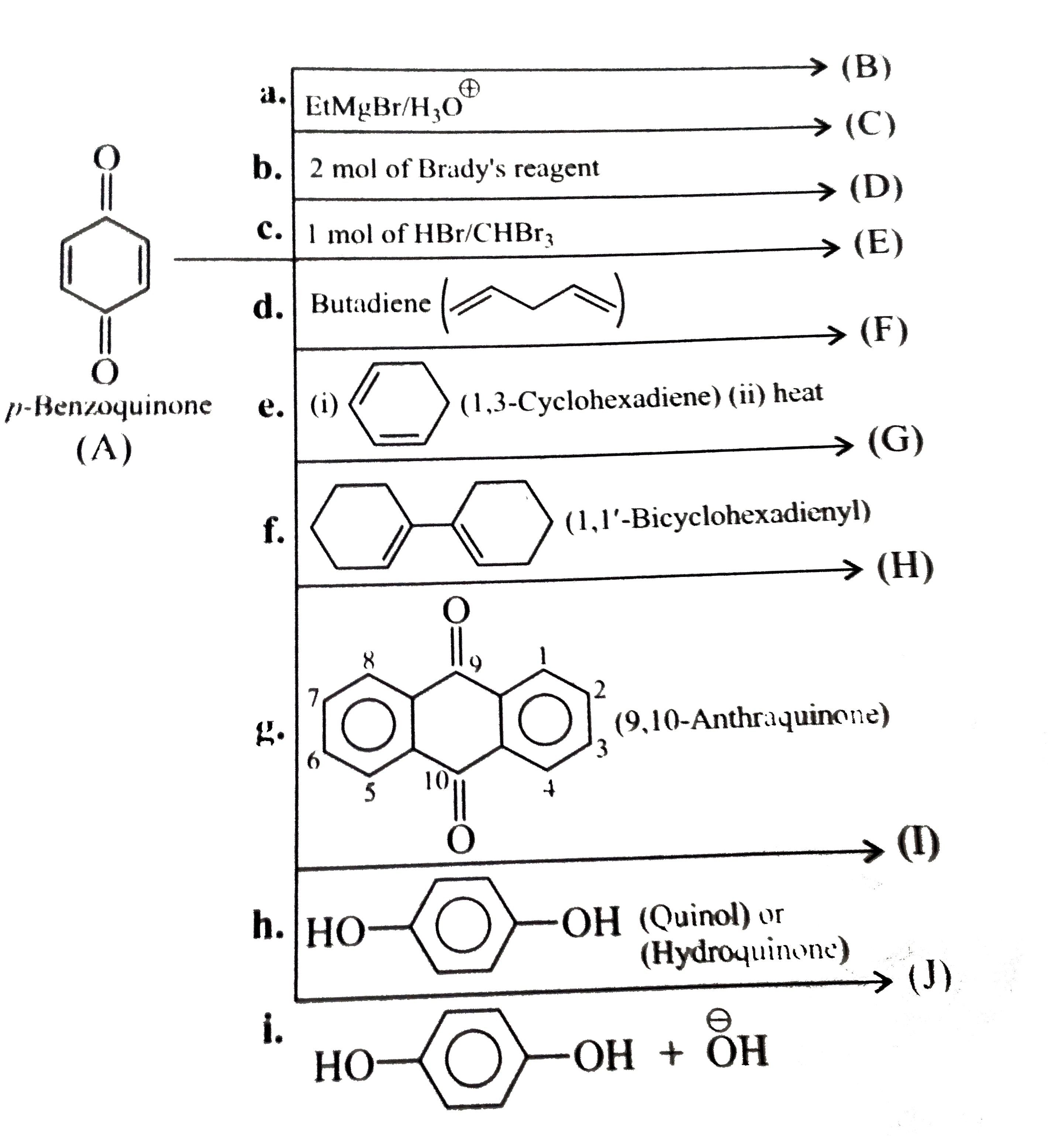
View SolutionIdentify (A) in the following reaction

View SolutionIdentify A,B,C
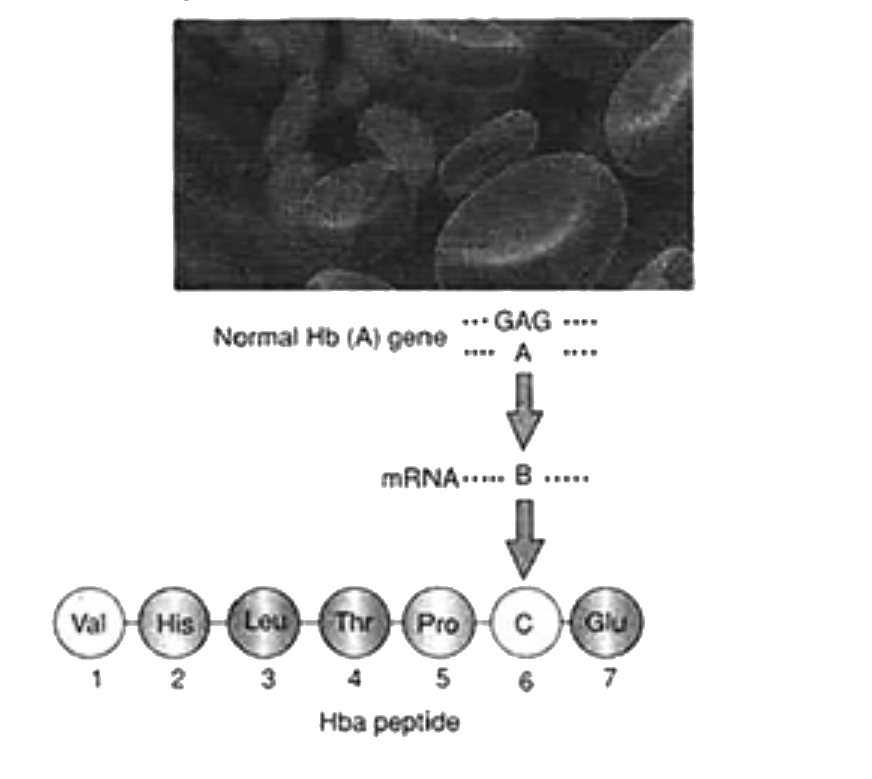
View SolutionIdentify (A) in the following reaction :

View SolutionIdentify the compounds A, B and C in the following reaction :
CH3−BrMg/ether−−−−−→(A)(i)CO2−−−−−→(i)Water(B)CH3OH/H−−−−−−→Δ(C)
View SolutionIdentify (B) in the following reactions:

View SolutionIdentify A,B,C and D in the following flow chart :
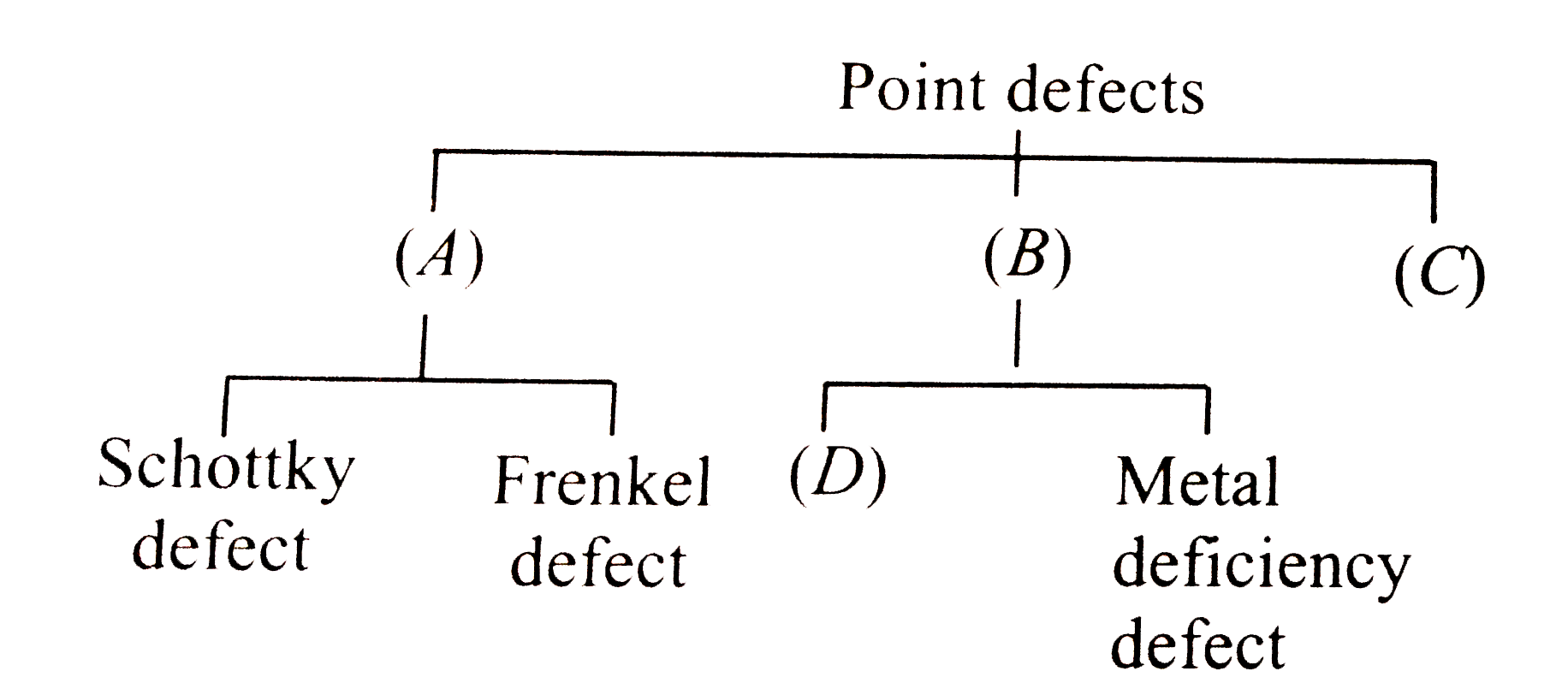
View SolutionIdentify (A) to (G) in the following series of reactions.

View SolutionIdentify A and B in the following reaction:
F2+HCl→A+B
View SolutionIdentify A and B in the following reaction:
I2+HCl→A+B
View Solution
